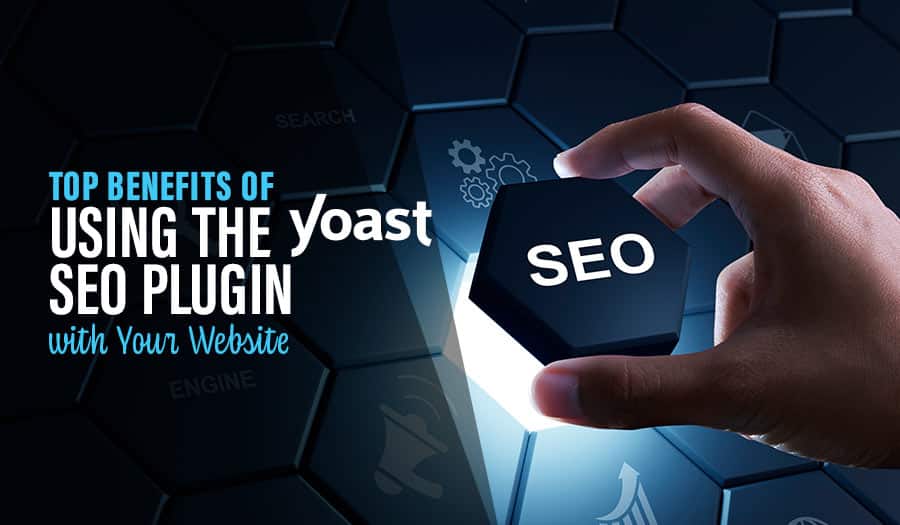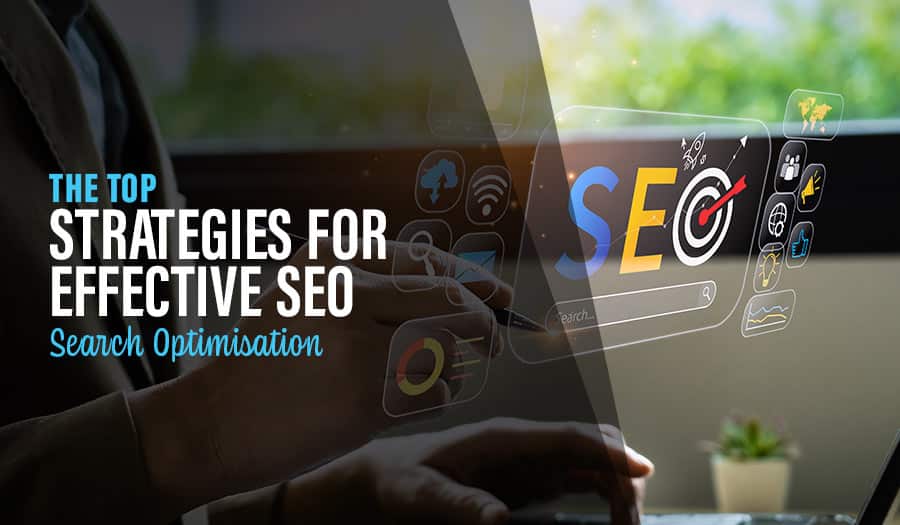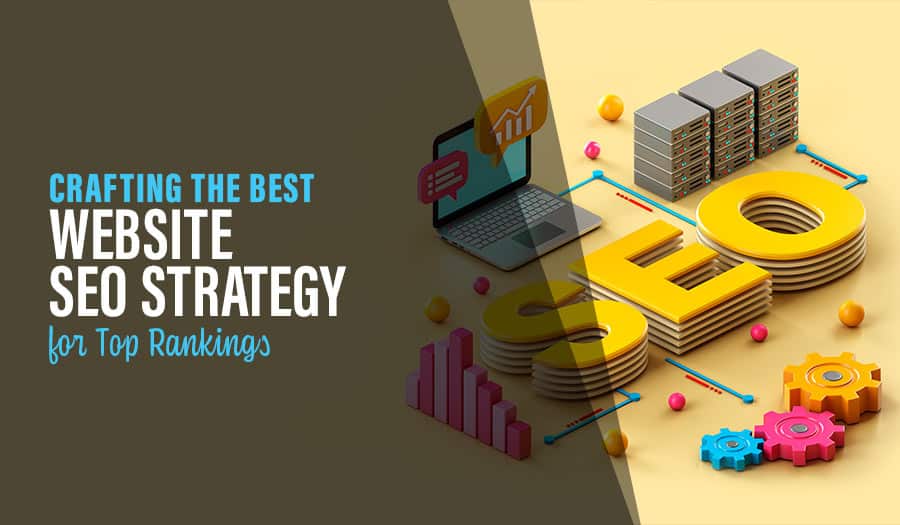Search engine optimisation is a valuable tool that web designers often rely on to affect the visibility of their website. Utilising it correctly will affect the way that a website appears on search engines and can help the site to appear higher in the search results.
Top 7 Tips for On Page SEO Optimisation
- Know your Keywords
- Create a URL that includes your keywords
- Create a title that includes your keywords
- Get your Heading Tags Correct
- Properly craft your Content
- Optimise and Tag your Images
- Create a perfect Meta Description
To properly execute this strategy, there are several different areas that you will want to focus on. The following 7 things need to be completed for every page of your website in order to receive the most benefit from your SEO attempt.
On Page SEO Optimisation: 7 things you need to do on every page on your website.
1. Know your Keywords
The keywords that you use in your content is one of the most important factors when it comes to SEO. Keywords are the exact phrases and words that are typed into the search engines and that will be used to rank your website content.
With every piece of content that you produce, you should make sure that certain keywords are inserted into the text. The best options are keywords that are specific to your industry and that are popular search words. The keywords should also be relevant to your specific content.
2. Create a URL that includes your keywords
The URL that is attached to your web pages are also important with SEO optimisation. The way that you structure the URL is important when it comes to ranking. For example, it should be no more than 3 to 5 words. Longer URLs are ranked lower, according to Google.
It is also best to use dashes rather than underscores. The reason that this is beneficial is because each word is seen separately when you use dashes, which will help catch all variations of the searched keywords.
3. Create a title that includes your keywords
One mistake that is often made is that a web page doesn’t have a title. When this happens, the default will become ‘untitled document’, which means that the page is more difficult for the search engine to classify and sort.
Create a title that includes your keywords and that is around 70 characters. Keep in mind that the items that appear first in the title will receive the most attention. You should also make sure that every page of your website has a unique title that is relevant to the content that you are providing on that specific page.
4. Get your Heading Tags Correct
One of the best things about headings is that they give designers a way to structure their content. This can also be used to help bring attention to your keywords. Readers will also enjoy reading your content more because they are able to easily see and digest the direction that you are taking with it.
The most important thing to remember is that you should have at least one heading. The first heading that you select is the most important and should contain the main keyword that you are looking to promote. You should also use SEO tools to evaluate the structure of your pages to make sure that they are all reader friendly.
5. Properly craft your Content
The content that you create on your web pages is also an important factor when it comes to SEO optimisation. You will need to carefully include specific keywords throughout the content. However, it is also important that you avoid placing too many keywords or creating content that does work well with the keywords that you have included.
Keywords should flow with the content that you are creating and not sound out-of-place. You should also create content that is not too promotional and that will provide value to your readers. This is the type of content that search engines promote the most when they are creating search results.
6. Optimise and Tag your Images
Placing images in your content is something that can make the experience more enjoyable for your readers. However, make sure that the images are relevant to the content that you are providing. You should also make the file name and description be part of your keyword strategy.
Keep in mind that images can also slow down your website. For this reason, you will need to make sure that the image files are small enough so that they do not interfere with the speed of your site. You should also consider tools that will help make the images load faster.
7. Create a perfect Meta Description
Meta descriptions do not have a huge impact when it comes to search engine ranking, but they should definitely be included. With this description, you will be able to give a short description of what readers will find on your page. It is something that can help encourage people to click on your link. For the most part, you should keep this description between 170 and 200 characters.
Final Thoughts
SEO is a crucial part of any web design. Without it, you will find that your website is placed further down in the search results, which will cause you to miss out on valuable traffic. However, by utilising SEO, you will find that your website is consistently ranked hire and is more visible to your potential visitors.
One of the downsides of SEO is that it takes time to execute correctly. To help with this process, be sure to contact us. We will be able to take the guess work out of SEO and help you to complete your projects in a timely fashion.
Further reading:
SEO: Pro’s and Con’s of Organic vs Paid Search Marketing
What is Search Engine Optimisation and how can SEO help my business?
Further Reading
More bang for your buck: How to maximise profit from your online store
Social Media Monitoring: 10 reasons your business can benefit from it
Customer Acquisition: How much does it cost to acquire a new customer?
8 Plugins That Can Boost Your WooCommerce Website
17 awesome WooCommerce website extensions
Why a Single Page Website Could Be the Perfect Launch Pad for Your Small Startup Business



